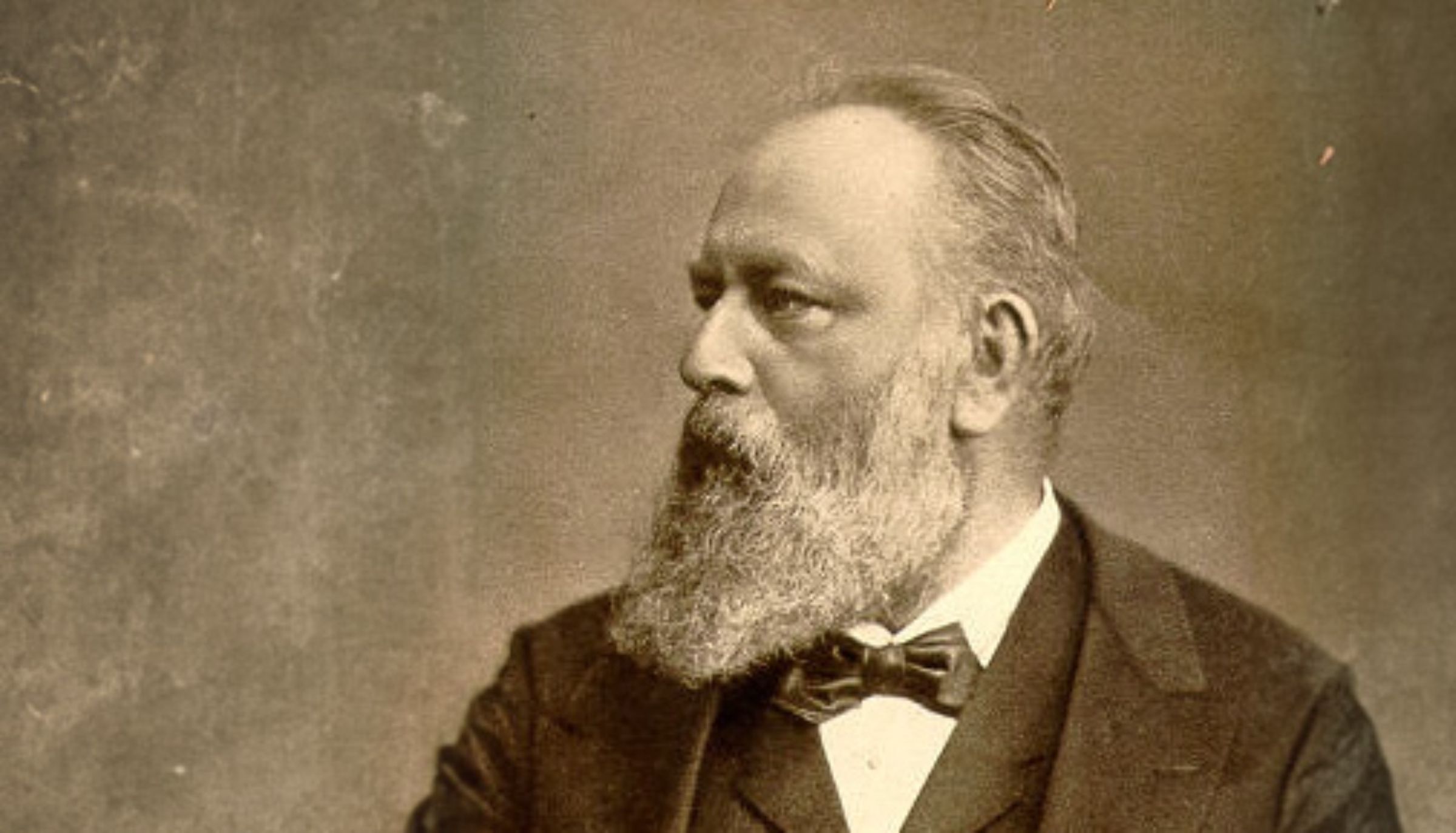LitAlert Billroth Special Edition

At the end of the year 1873 the first total laryngectomy in humans was performed by the German surgeon Theodor Billroth. The surgery was enabled by former experimental studies of larynx ablation in dogs, the cuffed cannula hindering aspiration of blood during laryngeal surgery, and the artificial larynx to restore vocalization post-laryngectomy.
The first patient was a 36-year-old with a tumor lodged in the left side of the larynx above the glottis. Billroth attempted both local cauterization, tracheotomy and then thyrotomy, however as the patient deteriorated a few days later Billroth decided to perform a total laryngectomy.
The patient was offered an artificial larynx, designed by the Austrian surgeon Carl Gussenbauer early 1874, to restore vocal function. The artificial larynx produced clear and loud speech, audible throughout a large room when reading aloud. Despite their ingenuity, these artificial larynxes with pharyngeal phonation were often abandoned by patients in favor of simpler options. With advancements in laryngectomy techniques, this type of artificial larynx became obsolete.
The first meta-analysis of total laryngectomy between 1873 and 1887 by British laryngologist Morell Mackenzie, indicated a mere 5.8% success rate and 36.2% died in the immediate postoperative phase. With more severity, most laryngologists opposed total laryngectomy in the decade following Billroth’s first successful operation.
The German surgeon Themistocles Gluckin played a significant role in the development of total laryngectomy. A few years after the first total laryngectomy he introduced primary closure of the pharyngeal mucosa, the circular tracheostoma to prevent fatal pneumonia, systematic neck dissection, a diligent surgical technique, and an adapted postoperative protocol.
The introduction of these techniques resulted in a remarkable decrease in postoperative death rate from 56% to 2%, transforming a once risky procedure into a safer and more efficient operation. In the 20th century total laryngectomy has shown an astonishing transformation with a 1-year survival rate at 26.2% 150 years ago to 88.6% survival rate in the present.
Download LitAlert Billroth Special Editionreferences:
Disclaimer:
The content of the journal articles is the opinion of the article authors and does not necessarily reflect the opinion of Atos Medical AB nor any of its subsidiaries. By providing this material it is not implied that the articles nor its authors are endorsing Atos Medical AB or Atos Medical AB products. Nothing in this material should be construed as Atos Medical AB providing medical or other advice, making any recommendations or claims, and is purely for informational purposes. It should not be relied on, in any way, to be used by clinicians as the basis for any decision or action, as to prescription or medical treatment. When making prescribing or treatment decisions, clinicians should always refer to the specific labeling information approved for the country or region of practice.
LitAlert summaries of journal articles are not exhaustive. For full content, please see the actual publication. Suggestions and requests to: clinicalaffairs@atosmedical.com.
Share
Save to my content


